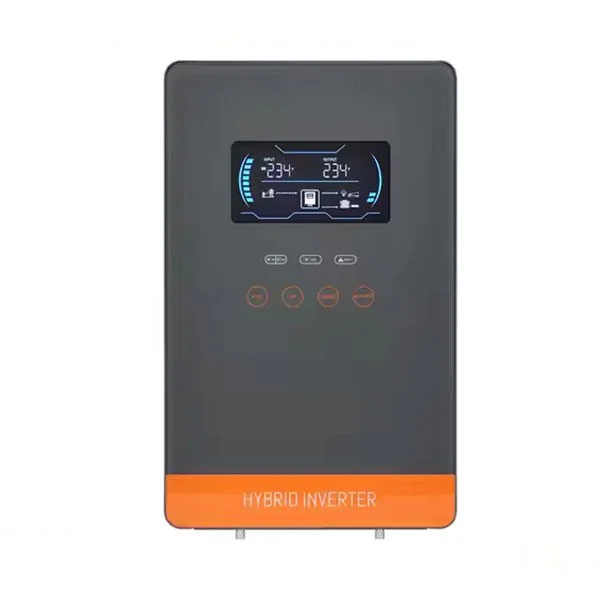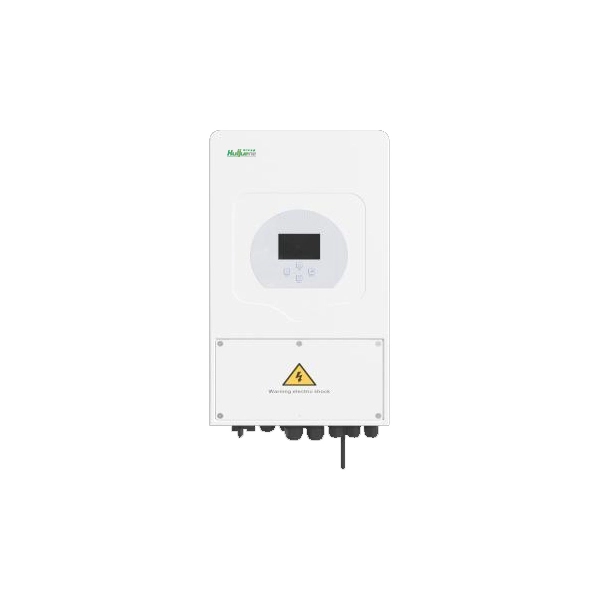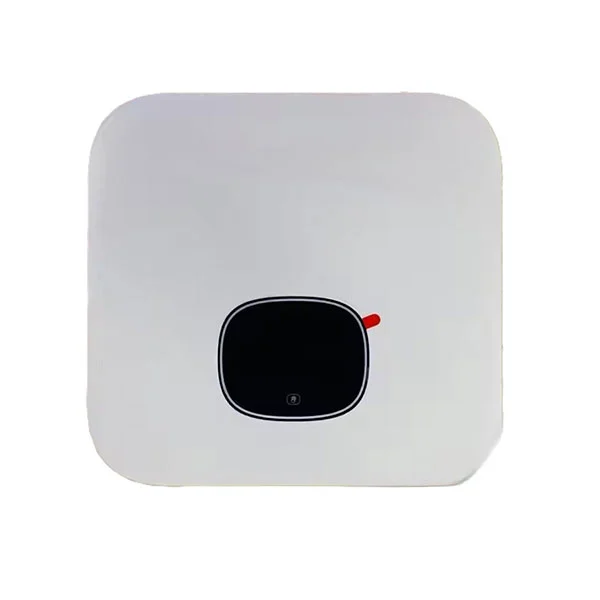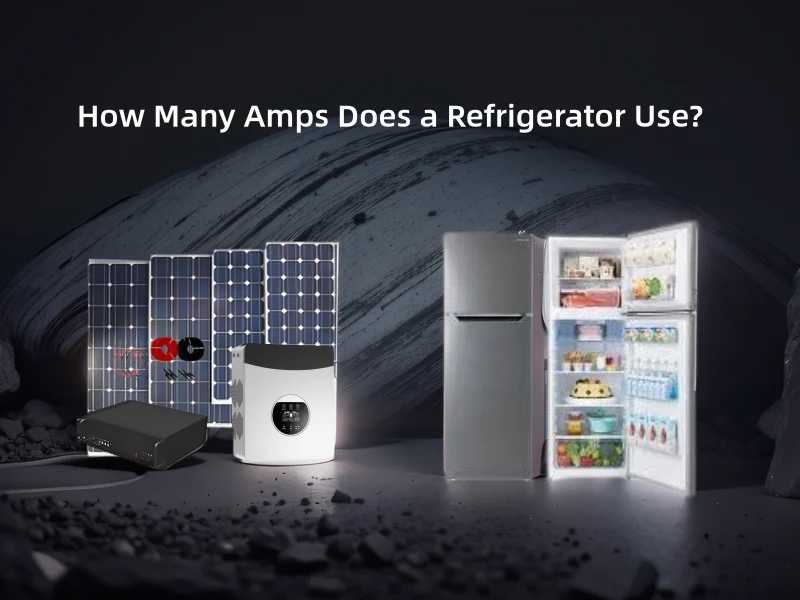Where Is Solar Energy Not Available and Why?
1. High-Latitude Regions
In the winter, solar power is poor in regions closer to the poles such as parts of Alaska, Scandinavia, and most of Russia. Such areas have long days and low sun angles, resulting in high levels of generation loss. Some examples:
- Ireland: Average solar potential is only 0-5.0 kWh/kWp per day, putting it as one of the least viable regions for large-scale solar installations.
- Alaska: In winter, some areas are in polar night where the sun does not rise for weeks or months.
Solution: Hybrid systems consisting of solar along with wind or geothermal energy can offset the reducing solar availability.
2. Cloudy and Rainy Climates
Increased concentration on regions with persistent cloud cover and increased rainfall, such as the United Kingdom or Pacific Northwest (U.S.), leads to a lower output from solar systems. In turn, solar energy remains valid in the UK due to the economic incentives that exist, yet efficiency is still well below that of regions with more sun.
Example: With an average of 2.2 peak sun hours per day, Seattle is not an effective place for solar installations.
Thought-Provoking Question: Can advancements in solar technology, including bifacial panels which capture diffuse light, bridge the gap in such regions?
3. Economically Disadvantaged Areas
Most of the Global South in rural segments of Sub-Saharan Africa or South Asia have solar energy adoption at risk of financial and infrastructure barriers:
- High Initial Costs: Setting up of solar systems involves a huge upfront cost which mostly low-income communities can hardly afford.
- Infrastructure Issues: Areas that are remote could be without skilled labor, equipment, or maintenance facilities.
Success Case: Micro-financing through innovative funding has helped scale solar home systems above 200,000 systems installed in Kenya.
4. Land-Scarce Urban Areas
High-density cities like Tokyo, Hong Kong, or Singapore face issues with limited roof space to compete with other land uses for solar installations.
- Land Pressures: Thus, the urban areas will favor housing and commercial space over solar farms.
- Shading Issues: Tall buildings can block sunlight and decrease solar efficiency.
Novel Solutions: Floating solar farms on reservoirs and lakes, especially in areas lacking land for solar installation.
5. Regions with Poor Policy Support
Strong government policies and incentives are a solid need if we are to have better prospects in solar energy development-and in some countries, the lack of such support is the hindrance to adoption:
- Italy: These recent cuts in subsidies for renewable energy have considerably slowed down the solar adoption.
- United States: The reduced federal tax solar credit (ITC) serve to discourage investment in some states.
Global Examples:
- Germany: Supported generous feed-in tariffs for solar uptake.
- China: Policies promoting solar energy helped it become the largest producer of photovoltaic panels.
Factors that Limit Accessibility to Solar Energy
1. Climatic and Geographic Constraints
- The panels don’t produce power at night, which makes energy storage all the more important for continuous power supply.
- In the high latitude areas, solar output gets affected drastically during seasons.
2. Infrastructure and Maintenance Problems
- Connecting solar installations in remote areas, where there is no proper grid infrastructure, may be excessively cumbersome.
- In remote regions where technicians are rarely trained and spare parts are not available for solar, its adoption is rendered far more complex.
3. Economic Barriers
- Upfront cost remains inhibitory in many cases, including installation of solar panels, inverters, and batteries.
- Even things like maintenance and replacement could be looked at as a challenge for the poor.
Where Solar Energy Thrives Despite Challenges
1. Remote Villages with Off-Grid Systems
- India's Bihar State: Villages like Rehal: these villages use solar microgrid systems to power homes and water pumps, thus bypassing larger infrastructural upgrades.
- Bangladesh: Over 6 million solar home systems installed through partnerships involving government and NGOs.
2. Cloudy but Innovative Locations
- UK: Operating quite economically via solar despite a low sun incidence.
- Holland: Floating Solar Farms to help overcome land scarcity whilst effectively managing water activities.
How Technology Can Overcome Solar Limitations
1. Bifacial Solar Panels
- Capture light on both sides, suitable for regions receiving diffuse sunlight.
- Case Study: Norway's introduction of bifacial panels to harvest sunlight during its scanty occurrence.
2. Energy Storage Systems
- Batteries such as LiFePO4 ensure the availability of power even during cloudy days or night-time.
- Example: The Tesla Powerwall systems have enabled consistent supply in rural Australia.
3. Hybrid Systems
- The combination of solar with wind, geothermal, or hydropower to ensure consistent availability of energy.
- Example: In Alaska, hybrid systems take advantage of solar in summer and wind in winter.
Global Perspectives on Solar Energy Adoption
1. Helpful Lessons from Victorious Projects
- West Africa: Solar-powered water pumps have changed agriculture in dry regions.
- Philippines: Solar lighting is a boon to safety and productivity in off-grid villages.
2. Challenges to Address
- High Initial Cost: Innovative financial models such as pay as you go can make solar widely accessible.
- Lack of Right Policies: Support from governments and a simplification of the regulations will give solar a big push.
Solar Energy’s Global Potential
Solar energy is not available everywhere, but its potential to transform energy systems cannot be doubted. Therefore, we must overcome the geographical, economic and policy barriers to secure that even those locations presently unable to benefit from solar energy will be helped by it in the future.


















































 Afrikaans
Afrikaans Albanian
Albanian Amharic
Amharic Arabic
Arabic Armenian
Armenian Azerbaijani
Azerbaijani Basque
Basque Belarusian
Belarusian Bengali
Bengali Bosnian
Bosnian Bulgarian
Bulgarian Catalan
Catalan Cebuano
Cebuano Chichewa
Chichewa Chinese (Simplified)
Chinese (Simplified) Chinese (Traditional)
Chinese (Traditional) Corsican
Corsican Croatian
Croatian Czech
Czech Danish
Danish Dutch
Dutch English
English Esperanto
Esperanto Estonian
Estonian Filipino
Filipino Finnish
Finnish French
French Frisian
Frisian Galician
Galician Georgian
Georgian German
German Greek
Greek Gujarati
Gujarati Haitian Creole
Haitian Creole Hausa
Hausa Hawaiian
Hawaiian Hebrew
Hebrew Hindi
Hindi Hmong
Hmong Hungarian
Hungarian Icelandic
Icelandic Igbo
Igbo Indonesian
Indonesian Irish
Irish Italian
Italian Japanese
Japanese Javanese
Javanese Kannada
Kannada Kazakh
Kazakh Khmer
Khmer Korean
Korean Kurdish (Kurmanji)
Kurdish (Kurmanji) Kyrgyz
Kyrgyz Lao
Lao Latin
Latin Latvian
Latvian Lithuanian
Lithuanian Luxembourgish
Luxembourgish Macedonian
Macedonian Malagasy
Malagasy Malay
Malay Malayalam
Malayalam Maltese
Maltese Maori
Maori Marathi
Marathi Mongolian
Mongolian Myanmar (Burmese)
Myanmar (Burmese) Nepali
Nepali Norwegian
Norwegian Pashto
Pashto Persian
Persian Polish
Polish Portuguese
Portuguese Punjabi
Punjabi Romanian
Romanian Russian
Russian Samoan
Samoan Scottish Gaelic
Scottish Gaelic Serbian
Serbian Sesotho
Sesotho Shona
Shona Sindhi
Sindhi Sinhala
Sinhala Slovak
Slovak Slovenian
Slovenian Somali
Somali Spanish
Spanish Sundanese
Sundanese Swahili
Swahili Swedish
Swedish Tajik
Tajik Tamil
Tamil Telugu
Telugu Thai
Thai Turkish
Turkish Ukrainian
Ukrainian Urdu
Urdu Uzbek
Uzbek Vietnamese
Vietnamese Welsh
Welsh Xhosa
Xhosa Yiddish
Yiddish Yoruba
Yoruba Zulu
Zulu